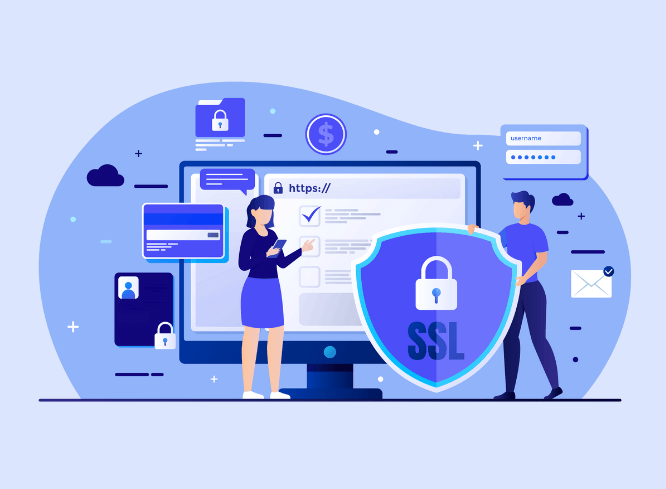A Guide To DevOps Security
Software development used to be very compartmentalized. Security teams were in charge of testing and analysis towards the end of the development life cycle, while DevOps engineers were in charge of software creation. Between the two sides, there was minimal communication or collaboration. As a result, producing safe, high-quality software at scale became extremely challenging.
This mindset is shifting. In general, more and more teams are moving to the left and incorporating security into all elements of the software development process.
As a result, DevOps security, also known as DevSecOps, is now a major priority for businesses in 2022 and beyond. Companies that successfully integrate DevSecOps into their operations can save software development time and cost.
Furthermore, they can create applications that have fewer bugs and vulnerabilities, leading to greater user satisfaction and engagement.
This article serves as an introduction to DevSecOps. Let’s take a step back and clarify our terminology before diving into the advantages, difficulties, and best practices of DevSecOps.
What Exactly Is DevSecOps?
The conventional DevOps approach, on the whole, focuses on development and operations. While it is an improvement over conventional software development, DevOps on its own does not care for security. And this is an issue, particularly in today’s economy, where cyber threats are becoming more complex and lethal.
DevSecOps extends the DevOps approach by including security and making it a central aspect of software development, testing, and planning. DevSecOps is a collection of approaches and technologies used by DevOps teams to produce software safely and efficiently.
Every team member contributes to software security within a DevOps culture. The process facilitates testing early and often while the software is being developed. Consequently, they can analyze their software as they build it, reducing the likelihood that buggy software will be released.
What are the challenges to DevOps Security?
Traditional security solutions and methods are unable to handle the new threats and changes posed by the migration from monolithic systems to agile DevOps environments. What new security issues have arisen as a result of DevOps’ contemporary, agile focus?
- Security risks might arise as a result of undiagnosed flaws or faults in a fast-paced development environment. If security cannot keep up with DevOps, unintended vulnerabilities, unsafe code, and other flaws might arise, contributing to operational failure.
- The DevOps approach is predicated on collaboration between several teams, yet these teams may have distinct methods, resulting in security holes.
- Due to the highly linked and cohesive nature of DevOps teams, unlimited access to privileged accounts or the exchange of access keys, API tokens, certificates, and other sensitive information may be required. As a result, hazardous backdoors open up, allowing hostile actors to attack, steal data, and disrupt operations.
- Cloud (serverless) computing is used extensively in the vast majority of DevOps scenarios. To offer comprehensive assistance, the cloud provider must meet security standards following the security processes and policies of the enterprise. Integrating security into CI/CD pipelines by using automated security testing to identify vulnerabilities and inefficiencies early.
The best practices for DevOps Security
The DevOps ethos has brought on a transformation and changed the way security needs to be achieved. Since DevOps involves every stage of the software development life cycle, effective security is more critical than ever.
What regulations and guidelines have we incorporated to help deal with security challenges in a DevOps backdrop?
- Evolution of a DevSecOps team: DevSecOps is a technique that brings together software development (Dev), security (Sec), and IT operations (Ops) to integrate safety into the entire DevOps pipeline and life cycle.
- It’s essential for the DevOps team to take ownership of addressing security (rather than relying on an external provider) and for security to be included as early as possible in the development life cycle.
- The development team must adopt secure coding practices.
- Use instruments for static code analysis and to emphasize security flaws.
- Designate a member of the team to be responsible for security.
- Also, make sure to use documented security procedures and policies that are easy for developers and other team members to comprehend.
- Use separate surroundings for developing, testing, and accessing presentation environments whenever possible.
Connect Plans 360 is a project management tool that helps organisations manage projects programs portfolios along with resource management in Azure Devops.
Click Here, for more information on how ConnectPlans 360 can help.

